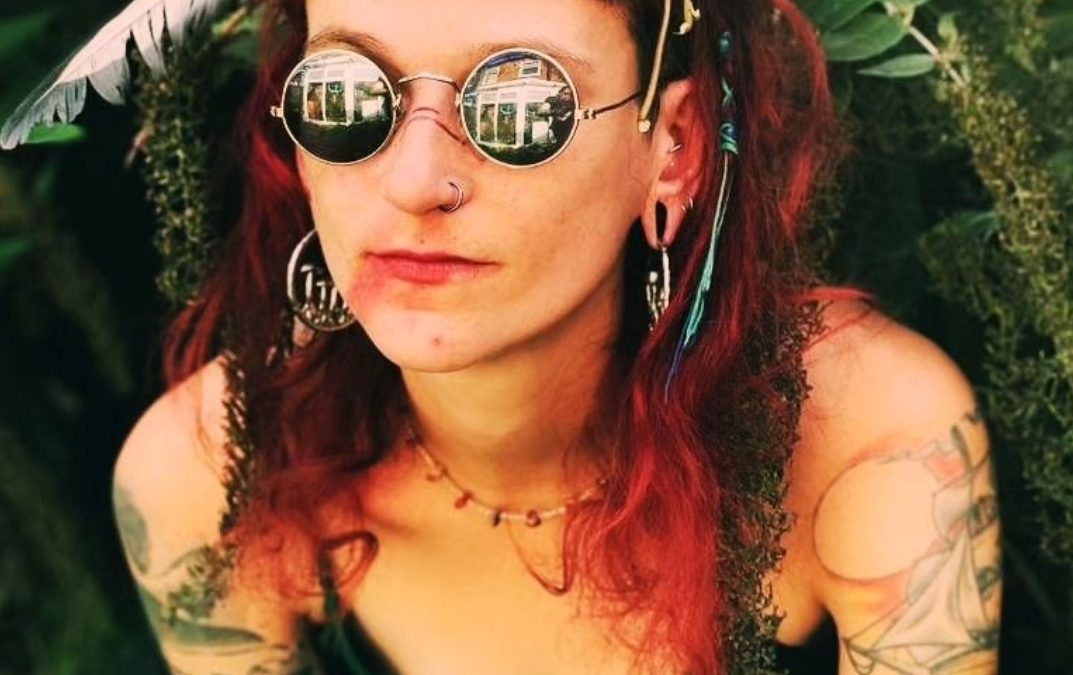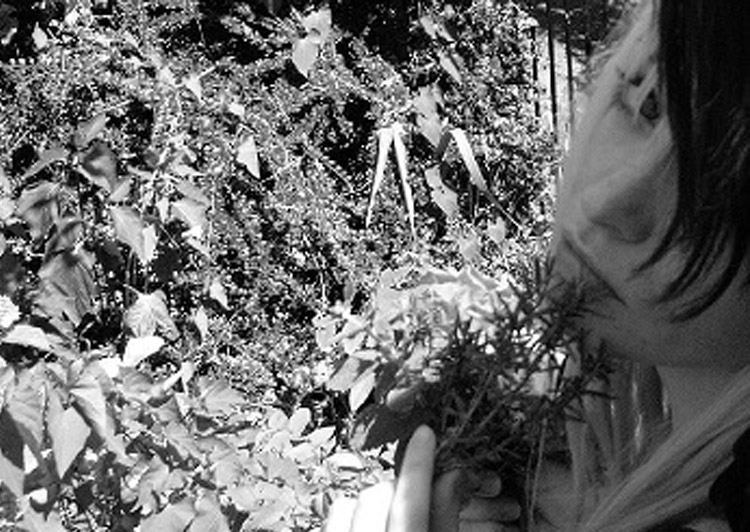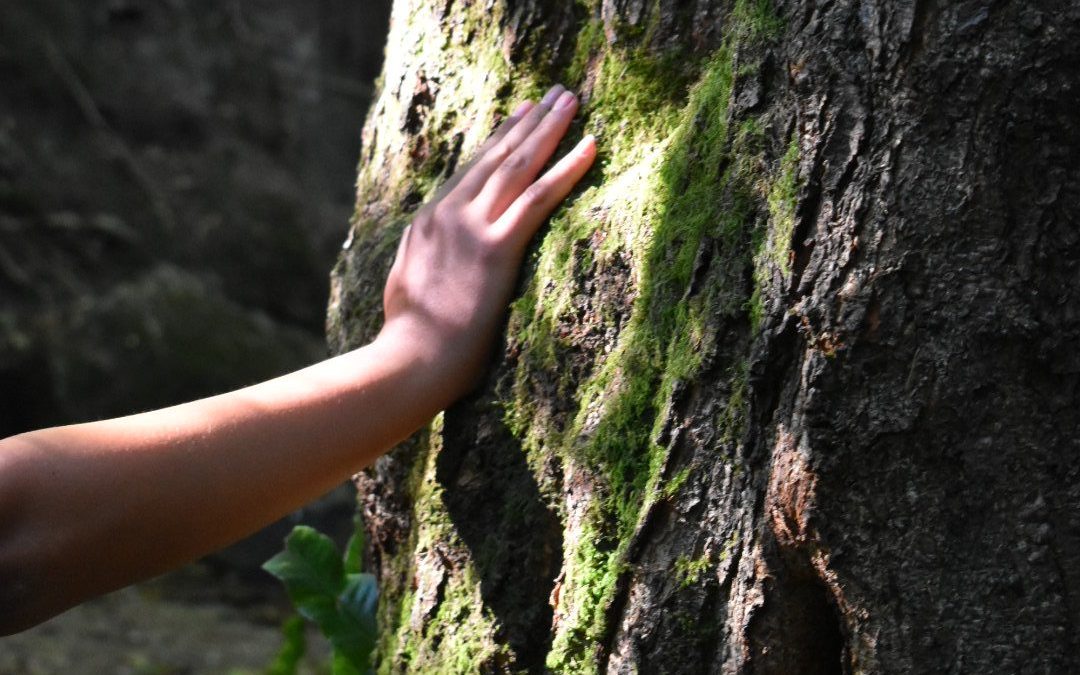
Communication Cards Artists
artists
communication cards
2020-2021
Art-making at Magical Women is about being together, as a collective, autonomously so we can experience the collective unconscious at work so we can take notice of the symbolism and opportunity to reveal what we often only recognise in our dreams.
“I think we proved during the first workshop that it needs autistic and neurodivergent voices to develop these cards – we discovered a variety of useful things to include between us. That process also helped me to understand and frame my own needs better. I believe the communication cards themselves could further help other autistic people to understand themselves better, as well as to support them in times of need. ”
— TALULAH MIERS, ARTIST CONTRIBUTOR
Behind the Communication Cards!
On the 9th April catch a Q&A at 7:30pm on our main Facebook Page with the Designer of the Communication Cards project, and Founder of Magical Women.
Stirring and conjuring is what experiencing the collective unconscious is, and these images occur on our paper as much as they do in the dreams and stories we all experienced as children when the doors to our soul were more readily visceral.
Our Communication cards require expression and not perfection, we need to free ourselves of ingrained ableism and realise the absolute earth quaking experience that is collective making, being together and expressing ourselves powerfully. Art can be made independently, but it is stronger in a group, when the collective unconscious is at play.
01
Jennene Whiteley

I am a multi disciplinary artist and activist artist working and living in Lancashire near the North Yorkshire Border. My art explores abuse through reconnecting and rediscovering vintage drawing tools from childhood. I also make films and work with images of females from the past whose voices have been lost My style is Contemporary and Surreal. My process involves reacting to my own dreams and memories and the memories of others. I create textiles print pieces and cyanotypes, I select materials and methods that I feel will connect to those experiences. My art is personal in nature, political, historical and psychological. It speaks to all who have empathy for people who have, do and will suffer. It offers room to connect with ones one thoughts and feelings.
What am I currently working on?
I am currently creating a book of shadows that will become the focus of a short film. Telling a story page by page of events gone by.
Why are the Communication Cards so important?
The communication cards are a way to access someones needs or show your own in a sensitive manner.
02
Gem Spittle

Gem Spittle is an Illustrator with ADHD from West Yorkshire. Her interests include character design, children’s media, and animation. All aspects of her work stem from her understanding and passion for archetypes, story, and symbolism. Officially trained in film, art, and design; Gem is always excited to turn her hand to anything creative and intends to do so with an underlying sense of playfulness. Ideally, Gem wants her work to make people feel something.
What are you currently working on?
Gem is currently focussing on building her skills in character design and digital illustration in procreate, whilst also dabbling in animation!
Why are Communication Cards important?
Communication cards can be invaluable for neurodivergent people to express something non-verbally. Some participants created cards to use situationally as you would with classic communication cards. We were also given the freedom to use our cards to express an idea as more of a kind of mantra. My mantra was a reminder to myself and others that I should not be forced to experience discomfort and guilt, or be made to bend over backwards while fighting the way my brain naturally functions. A reminder that I have a right to accommodations and to ask for help for the struggles I have due to ADHD.
03
Annabel Evelyn Armstrong

I’m Annabel, a working-class photographer and Graphic Designer in East London, originally hailing from Weymouth. For years I found inspiration in the Fashion and Art magazines I could get a hold of in my hometown (there weren’t many!), and as the years went by I found inspiration in older films, especially old Black and White Horror films, and colourful 70’s thrillers. I like to create things that have a use- portraiture for people, or graphics for companies. I like doing things for arts sakes, but I’m always someone who needs there to be a specific output or reason for it.My work is for whoever needs it, or will make use of it, I’ve always seen myself as a vessel for others; what someone needs, I translate into art.
Why do you think Communication Cards are important?
I made them, so they were important as it was a job to do! However, it was a great thing to open my eyes to- my nephew is non-verbal and the cards could be something my cousin could build into his routine.
04
Nicola Willis

I live in Bristol in the UK and I am inspired by the complex emotional social and physical world we live in – humans, animals, plants. I am interested in the complex interconnectedness of it all. I love mediums that are soft and expressive – biro, soft pastel, collage, textiles. I love to combine and build up textures and imagery to create something complex and combinatory. I make my work for any human being who is open to it. I hope my work will be helpful for people looking for ways to be present with their emotional experience as a human being in a messy, complex, often emotionally damaged society, built environment and natural world.
What are you currently working on?
I’m currently working on a small diamond shaped piece of fabric, which I am embroidering in an intuitive unconscious way and am thinking of combining in some way with future pieces, like piecing together a story. The imagery that has come to me through this piece includes caterpillars, undergrowth, darkness, silken web-like secretions, and a magical circus tent!
Why are Communication Cards so important?
For me these cards are important because they help me to really validate my needs and feel confident expressing them to loved ones – which is a surprisingly hard thing to do due to the way our society teaches us to hide our needs.
05
Anna Dyson

I am Anna, from Kingston Upon Thames in Surrey. I am an intuitive abstract artist and designer. I am inspired by the colour , texture and the flow of paint on the canvas. I do not plan my pieces so am always surprised by what emerges on the canvas. I love taking the images within my art pieces and using them for designs for clothing items and gifts and cards. I also have a love for nature photography and like to capture the images within the bark of trees.
What are you currently working on?
I am in the process of adapting my designs to be used on jigsaw puzzles.
Why are Communication Cards so important?
I think these communication cards are going to be an amazing tool for the neurodivergent community (and maybe even for for people without neurodivergent conditions) as we so often cannot find the right words to explain what we need or when we don’t wish to use words at all. We live in a world of miscommunication and confusion so any tool that can help us being understood will be priceless.
06
Talulah Miers

I am a disabled creator from Brighton. I’ve been making art, writing and playing music since I was tiny. The extent of my disabilities has meant I’ve only recently been able to return to making art. My approach to creativity is diverse. As an artist I have explored painting, sculpture, installations, performance, objects, murals, dioramas, improvisation (on the piano and with voice), poetry and other works with words. I tend to explore a theme in many forms – the connecting thread is the theme. The theme dictates the ideas, and the ideas dictate the forms – finished pieces often use multi media. I’m interested in psychology and the environment – my pieces often explore an intersection between both. I often find a motif in nature that resonates with a hidden meaning, exploring it until it has fully revealed what that is. It is an evolution of sorts.
What are you currently working on?
Currently my work is for myself. But my most recent work is exploring neurodiversity I’ve been collecting snail shells for a few years, fascinated by the shape and markings on them. I’m exploring images of many shells clustered together, but also forming them in clay – expressing themes of sanctuary, home and autonomy. I’m additionally interested in painting onto them directly for use in small installations/dioramas.
Why are the Communication Cards so important?
Autism is a deeply misunderstood condition. Autistic people often face adversity, conflict or just misunderstanding during moments of extreme stress when they most need support and space. A lot of trauma could be avoided with the help of these cards.
07
Elinor Rowlands

Elinor is the founder of Magical Women and created this framework from her background in education and art psychotherapy. She is a storyteller who paints in rich and vivid colours from an unflinchingly feminine gaze. As a Neurodivergent artist, her work is mainly reflective of the autistic/ADHD experience moving between grief and joy in quick succession; the way emotions are so often deeply felt at such incredible speed within autism.
What are you currently working on?
Painting and poetry, I want to explore how we can evolve the Communication Cards project.
Why are Communication Cards so important?
Our emotions are so often reduced because we are so often perceived as being over-emotional, highly sensitive or a negative connotation due to feeling too much. Being able to slow these emotions down by asking for our needs through imagery and mantra, means we can convey what we mean when words fail us, or can not quite grasp the experience we are in. Communication Cards reduce our barriers, and support us to ask or convey our needs more accessibly to both neurodivergent and neurotypical populations.
08
Wendy Young

Born in West Riding of Yorkshire. Lives in and loves London. Doodles developed after doing art workshop therapy in 2017 at Ashford Place NW2 with an encouraging inspiring artist – Francine. Discovered pastels and a love of intricacy. Magical Women are the first to publish my art and it is such an amazing feeling! My dabble doodle dos help me escape. I have done art workshops with MW and highly recommend them.
What are you currently working on?
My work is for me and soothes my mind. I am mainly a poet/performer with a day job in the NHS so tend to pick up a pen to draw to relieve stress.
Why are Communication Cards so important?
They are eye catching which will get you noticed and they help to raise Neurodivergent people’s needs.
09
Hayley Ku’unani

Hayley Ku’unani is an interdisciplinary Artist, Sound Healing Practitioner and Intuitive of mixed heritage born and raised in London.
Her creative interests and inspirations include music, sound, astrology and the esoteric.
Hayley’s main mediums include blackout poetry, photography and music – creating Melodic Incantations drawing inspiration and insight from the cosmos and numeric patterns.
What are you currently working on?
Hayley is currently working on creating content for her blog: demystifying astrology, numbers and sound by creating tracks or playlists that correspond to the relevant astrology or numerology infused with sound healing properties.
Why are the Communication Cards so important?
Communication Cards are important because it brings back the power of show + tell.
These cards offer perspective so we may communicate and illustrate our inner realms – cultivating connection with others for innerstanding.
10
Jo-Anne Cox

I play and write for electric cello, inspirations are anything from people suggesting a theme, processing my own life experiences through cello and responding to other artists, story telling, poetry, spoken word, art and mark making.
I like to write and record my own compositions and respond creatively with cello to live art poems, spoken word and stories. I enjoy opening up Electric Cello to a wider audience by working with vibratactile technology, interactive creative technology, sensory engagement, creative use of BSL and captioning.
My work is for anyone who loves moody, atmospheric trippy electric cello and anyone who likes responding to this creatively. I try to make my work as accessible as possible, subject to my own access issues and how much professional and financial support is available.
What are you currently working on?
Preparing for recording an EP and developing my online project Define Your Journey.
Why are Communication Cards so important?
They are very important to me because most of the time I cannot describe my communications needs or make the space to do so.
11
Cat Brown

Cat is an art educator and movement psychotherapist from Somerset. Cat enjoys to create art in many forms, particularly poetry. She is currently completing her first concept poetry collection exploring the darker sides of human experience.
Why are the Communication Cards so important?
Having a visual representation of feeling and experience is invaluable. An image can say a thousand words and often transcends conscious thoughts to resonate directly with the body.
12
Danielle Chappell Aspinwall

Danielle’s Fine Art and Social Practitioner roles interconnect an integral golden thread through people, to place, nature and wellbeing, creating formats of social cohesion, through common dialogue, fun, stitch, digital media, lighting, doodles and play.
What are you currently working on?
Danielle is very busy this year with a multitude of projects including these two projects:
-
‘Hats Off Run Free’ project exhibition project- exploring art and natures resilience via dual projects at Signal Film and Media;- Source Digital Lab Artist in Residence and West Coast Project public art exhibition in June and October 2021, with a virtual solo exhibition in June 2021.
-
GreenClose, Phoenix Art and Wellbeing project, with partnership with Recovery College and Lancashire and South Cumbria NHS trust funded by Arts Council (Danielle is an artist commissioned with mindfulness doodle and eco art workshops as socially engaged practitioner) Sept 2020 – July 2021.
Would you like to describe your experience of making the Communication Cards and why they are important to you?
Through art, as well as humour the communication cards could help explore further understanding and conversation to hidden disability through light heartedness confrontation, people don’t always see through these barriers-. This project could heal elements of past trauma from the hidden disability, where art has purpose, art has value, art can break down barriers, art can unite people and build confidences bridging gaps, art can communicate complex narratives through simplistic instant magic without words, unlocking confidence to their inner self to an advantage that can feed back into the community. This project fuses Danielle’s art practice and people focused approaches, that dually lift peoples spirits, develop community confidences through further awareness of neurodiversity and mental heath that by advocating through art and nature to wellbeing workshops and further interventions in her visual applied arts freelance work and eco art community projects and exhibitions can further ways of understanding in a wider community and resulting with disabled artists to be heard and valued and appreciated of what we can offer.
13
Sally Murdock
I am a textile design student from Leeds. I am inspired by the vibrancy and variety of nature. I want to make things that make people happy.
Why are the Communication Cards so important?
Communication is the purpose of art and the heart of humanity. For the neurodivergent, it can be difficult to communicate and feel understood, which can be disenfranchising and isolating. Everyone needs to be able to make themselves heard.
14
Claire Burnett
Vicki Oliver
Emma Reavey
Other Participating Neurodivergent Artists
To contact the other artists featured in this project who are not linked up to social media/website. Please contact Magical Women in the first instance and then we shall pass on your message to them.















